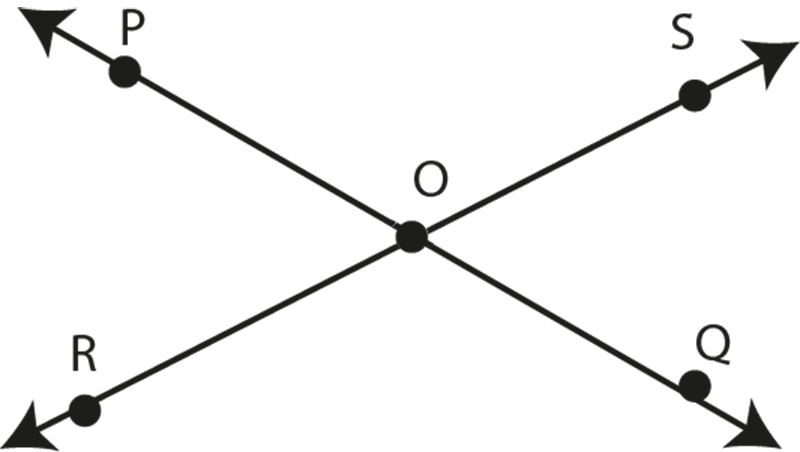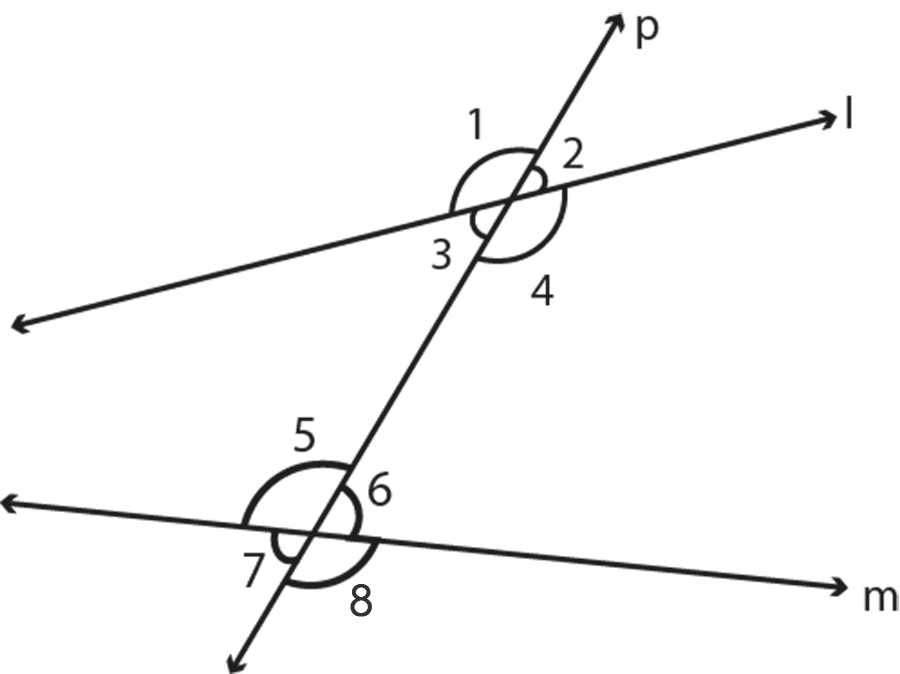Maths Notes for Chapter 5 Lines and Angles Class 7 - FREE PDF Download
FAQs on Lines and Angles Class 7 Maths Chapter 5 CBSE Notes - 2025-26
1. What are the key concepts to revise in Class 7 Maths Chapter 5 – Lines and Angles?
The core concepts to revise include line, ray, line segment, intersecting lines, parallel lines, transversal, and the different types of angles (acute, obtuse, right, straight, reflex, full angle). Be sure to also understand complementary and supplementary angles, adjacent angles, linear pairs, vertically opposite angles, and how angles relate when a transversal crosses parallel lines.
2. How can I quickly summarise the differences between a line, a ray, and a line segment?
- Line: Extends without end in both directions; no fixed endpoints.
- Ray: Starts at one fixed point and extends endlessly in one direction.
- Line Segment: Has two definite endpoints; the shortest distance between those points.
3. What strategy should I follow to revise angle relationships formed when a transversal crosses parallel lines?
Focus on identifying corresponding angles, alternate interior angles, alternate exterior angles, and interior angles on the same side of the transversal. Practice labeling diagrams and apply rules: corresponding angles are equal, alternate interior angles are equal, and the sum of interior angles on the same side of transversal is 180°.
4. Why is understanding adjacent angles and linear pairs important for quick revision?
Knowing adjacent angles (angles sharing a common vertex and arm, with non-common arms on opposite sides) helps in quickly solving problems involving multiple angles at a point. Linear pairs are adjacent angles whose non-common sides form a straight line, and their sum is always 180°, which is frequently tested in objective questions and proofs.
5. How can a concept map enhance revision for Lines and Angles in Class 7?
A concept map visually links core definitions (line, ray) to types of lines (parallel, intersecting) and angles, then further connects to angle relationships and properties. This aids quick recall and shows how concepts interrelate, making last-minute revision more effective.
6. What are common misconceptions students have when revising this chapter, and how should they be avoided?
- Confusing corresponding angles with alternate angles.
- Not recognising that linear pairs always sum to 180°.
- Forgetting that vertically opposite angles are always equal.
- Mistaking supplementary and complementary angles (supplementary sums to 180°, complementary to 90°). To avoid these: label diagrams precisely and verify the angle relationships as per definitions.
7. How are the properties of angles used in solving problems about triangles in Chapter 5?
Angle properties like the sum of angles on a straight line (180°), vertically opposite angles, and relationships created by transversals are foundational for proving triangle properties, such as the sum of interior angles of a triangle being 180° or finding unknown angles in geometric figures.
8. What is the recommended order to revise topics in Chapter 5 for maximum retention?
Start with the basic terms (line, segment, ray), then move to types of lines (parallel, intersecting), next study types of angles, and finally, focus on angle relationships with transversals. End with practice problems that blend all concepts.
9. How do key terms like "transversal" and "corresponding angles" help in solving MCQs quickly?
Identifying a transversal alerts you to use special angle properties (like corresponding or alternate angles). Recognising key terms in a question helps you instantly recall the relevant rule, speeding up MCQ solving without re-deriving relationships each time.
10. What effective techniques can be used for rapid last-minute revision of Lines and Angles for Class 7 exams?
- Review prepared concept maps and summaries.
- Focus on diagrams, redrawing them from memory.
- Practice quick identification of angle pairs in sample figures.
- Attempt a few mixed revision questions that cover all angle relationships.
- Use oral quizzes or flashcards for angle property definitions.
































